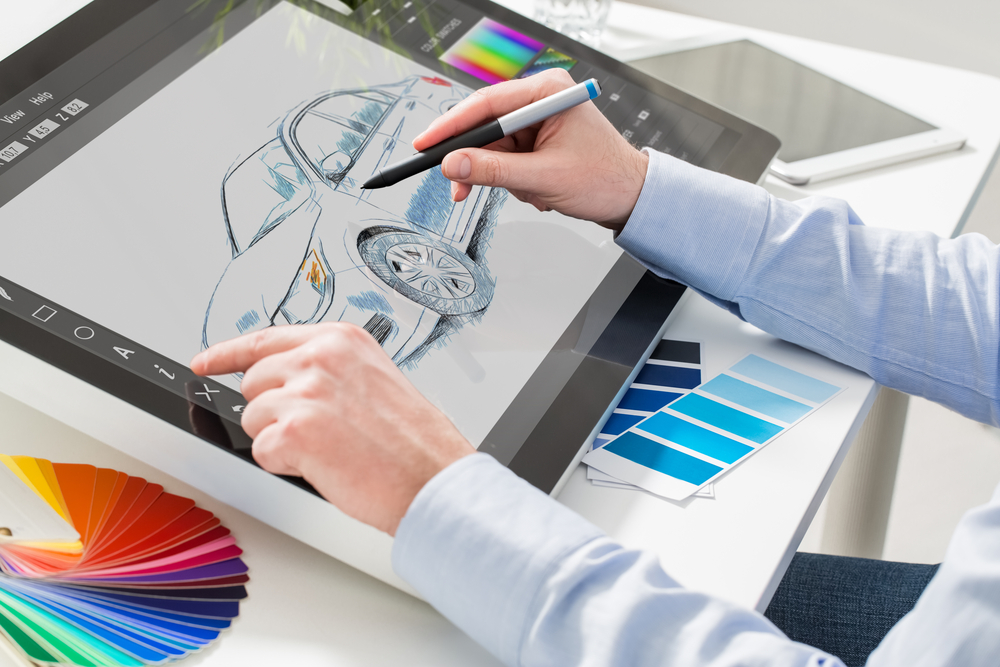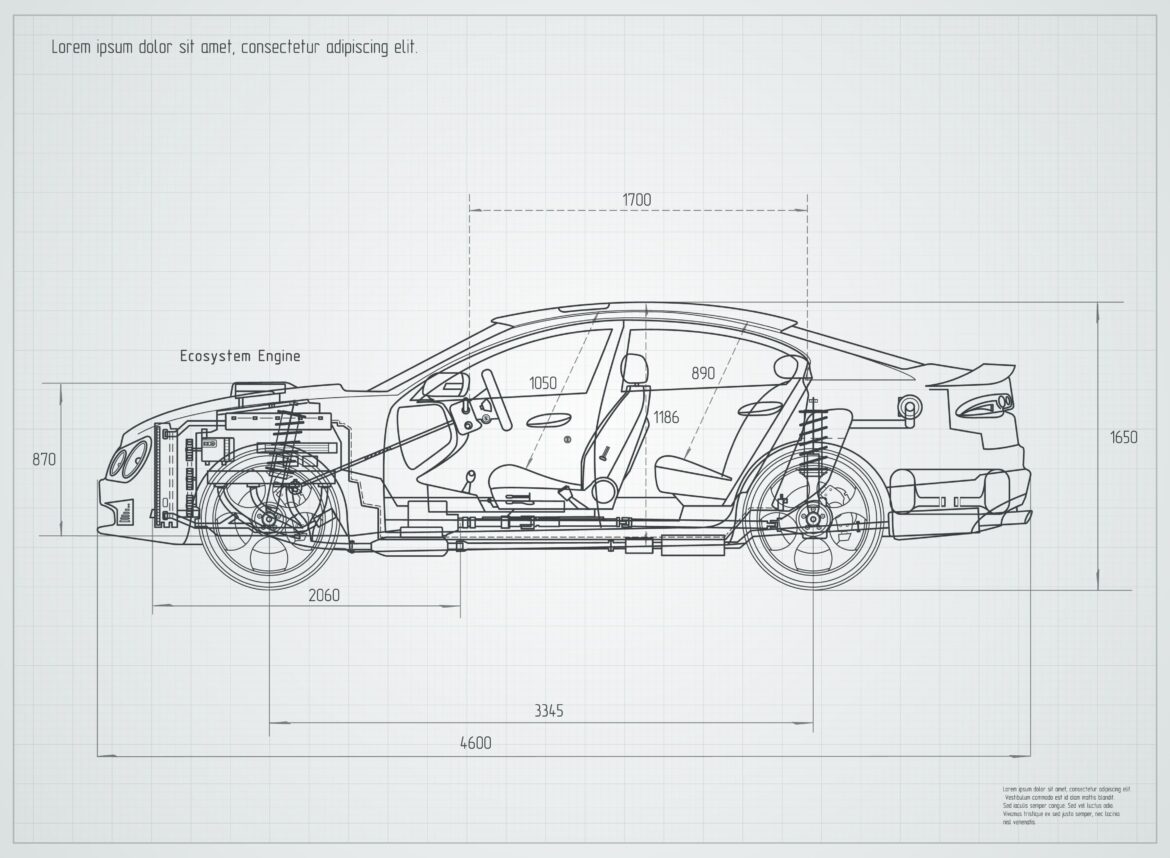Take a trip through our blog, “Understanding Automotive Design Principles,” to learn about the mysteries that lie behind the appearance and functionality of cars. Automobiles are a combination of art and design, not just cool designs and plush interiors. This blog uncovers the mysteries surrounding car design, from the classics to the newest trends. Learn about the fantastic aesthetics and exceptional functionality of car design. Get ready for an easy and enjoyable journey into the realm of automotive design!
Importance of design in the automotive industry
Design in the automobile industry encompasses more than just aesthetics. The goal is to establish a relationship between drivers and their cars. The importance of design goes beyond aesthetics. It influences how comfortable, efficient, and enjoyable our rides are.
A well-planned design improves driving enjoyment, safety, and usability. The way the exterior and interior components of the car function together is more important than its shape.
Design in the automotive world is like the blueprint for a great movie – it sets the stage for an unforgettable experience, making our journeys not just practical but also a delight on wheels.

Key Elements of Automotive Design Principles
Here are the five essential components of the automotive principle designs:
External Style: The outside of a car, which comprises its shape, lines, and overall appeal, is a crucial aspect of car design. In addition to helping in the development of a unique brand voice, a well-designed exterior affects consumer perception.
Interior Design: Making a space that is intuitive and comfortable for people to be in is the aim of interior design. It entails selecting materials, placing controls thoughtfully, and improving overall aesthetics to improve the driving experience.
User Experience and Ergonomics: Making sure that the vehicle’s interfaces are easy to use is largely dependent on ergonomics. A focus on ergonomics improves usability, comfort, and overall satisfaction in everything from control locations to seating arrangements.
Integration of Safety: In automotive design, safety features like airbags and cutting-edge driver-assistance systems must blend in seamlessly. A safe driving environment can be produced by balancing design aesthetics and safety.
Performance and Functionality: Performance and functionality go beyond appearances and are essential. In order to guarantee that the car not only looks great but also performs incredibly well on the road. This component involves weight distribution and engine placement optimization, among other engineering considerations.
Challenges in Automotive Design
In the search for innovation and aesthetic appeal, automotive design must delicately balance creativity and practicality due to various challenges.
Safety Guidelines: One of the main challenges in automotive design is meeting strict safety regulations. While adhering to established safety norms, designers must incorporate safety features without sacrificing the vehicle’s visual appeal.
Practicality vs. aesthetics: It’s never easy to strike a balance between form and function. Practical factors like aerodynamics, space usage, and general functionality must be balanced with aesthetic appeal by designers without compromising the other.
Integration of Technology: There are advantages and disadvantages to the rapid advancements in technology. It takes careful planning to strike a balance between innovation and usability when incorporating cutting-edge features into designs that still guarantee user-friendly interfaces.
Environment-Related Issues: The challenge for automotive design is to create eco-friendly vehicles as sustainability gains importance. In order to satisfy the changing needs of moral customers, it is necessary to strike the correct balance between functionality, aesthetics, and environmental effects.
Dynamics of the market: Market trends and consumer preferences are dynamic environments that designers must navigate. Automotive designers constantly have to balance maintaining brand identity with catering to changing consumer tastes.

Conclusion
Now that we’ve completed our exploration of “Understanding Automotive Design Principles,” we can finally see the magic that goes into creating cars that both function and look fantastic. We’ve discovered that intelligence is just as important as style, both inside and out! The perfect dance of science and art is what car design is all about. Ultimately, keep in mind that a whole realm of imagination and ingenuity goes into creating a car the next time you see one. In addition to being functional, cars are also beautifully engineered works of design magic, which makes them pretty unique!

